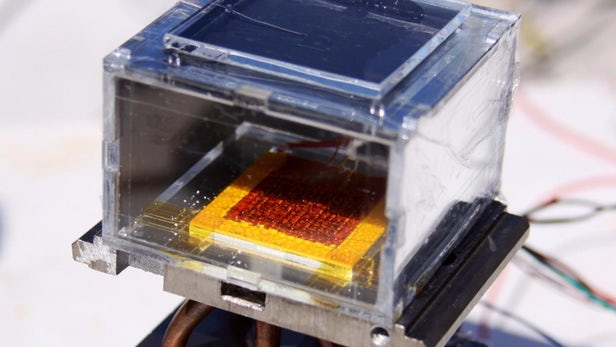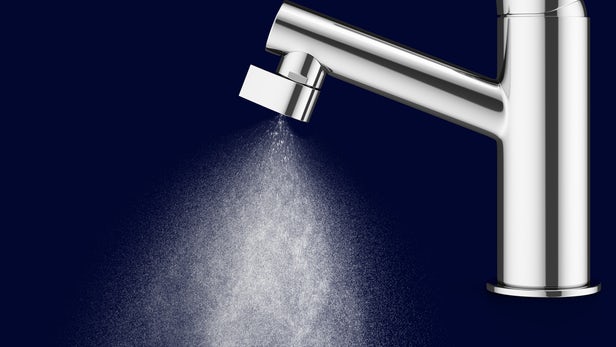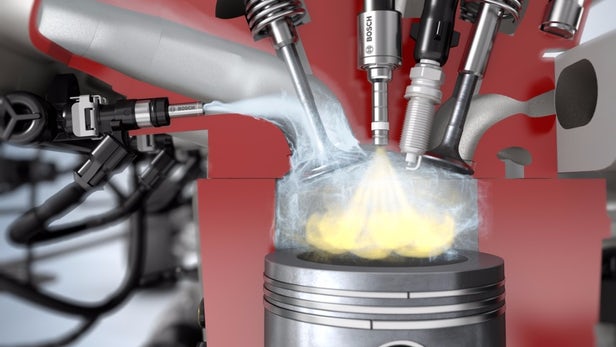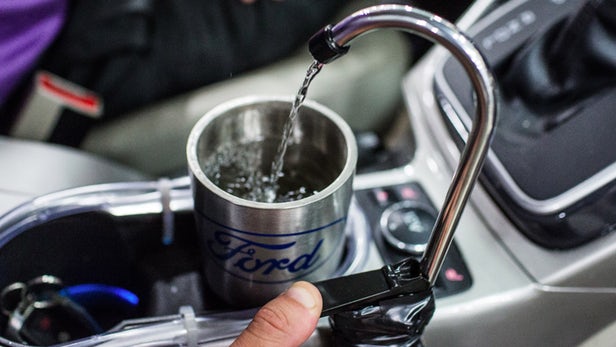For many people who perform high-output outdoor activities, straight-up water in their hydration pack just isn’t enough – they want water with an added energy supplement. The problem is, the pack’s bladder can retain the color and taste of such concoctions. That’s the reason Infuze was created. It adds a supplement to hydration-pack water, downstream from the bladder.
Instead of having one hose going straight from the bladder to the mouthpiece, Infuze-equipped third-party hydration packs have one hose going from the bladder to the shoulder-strap-mounted Infuze device, then another hose running from it to the mouthpiece. Read more






